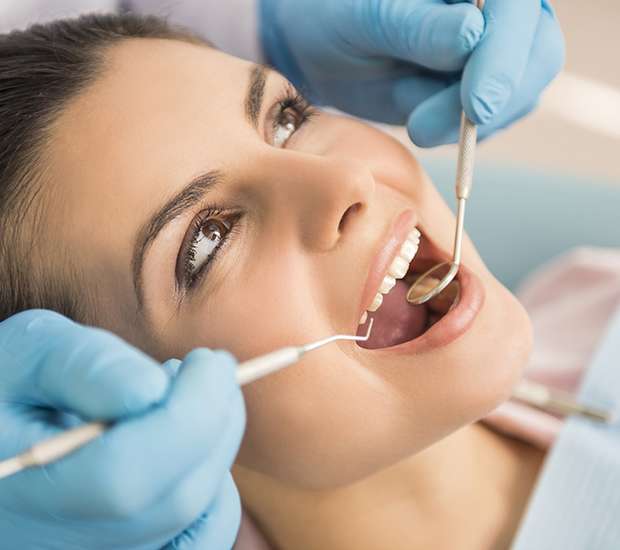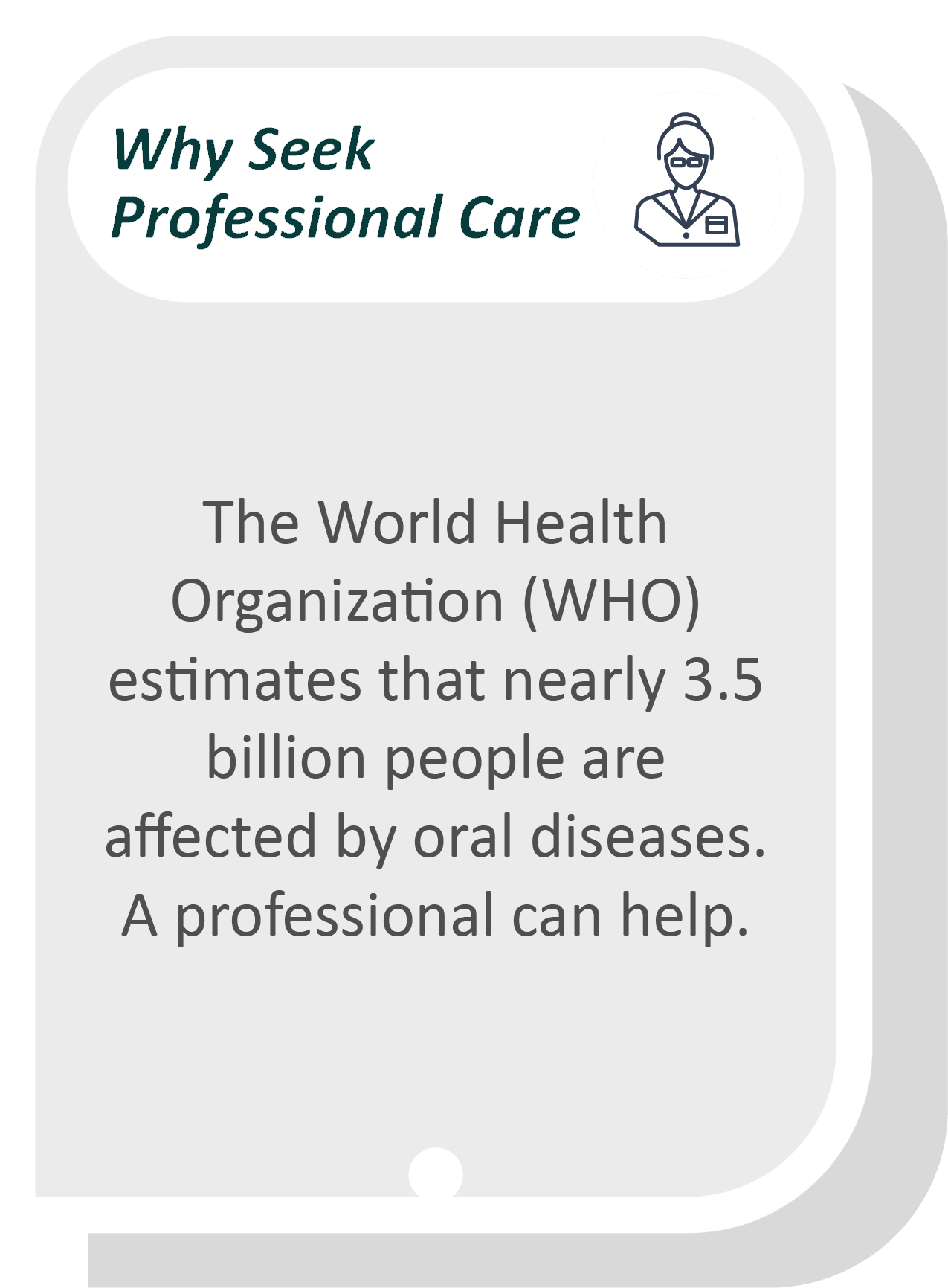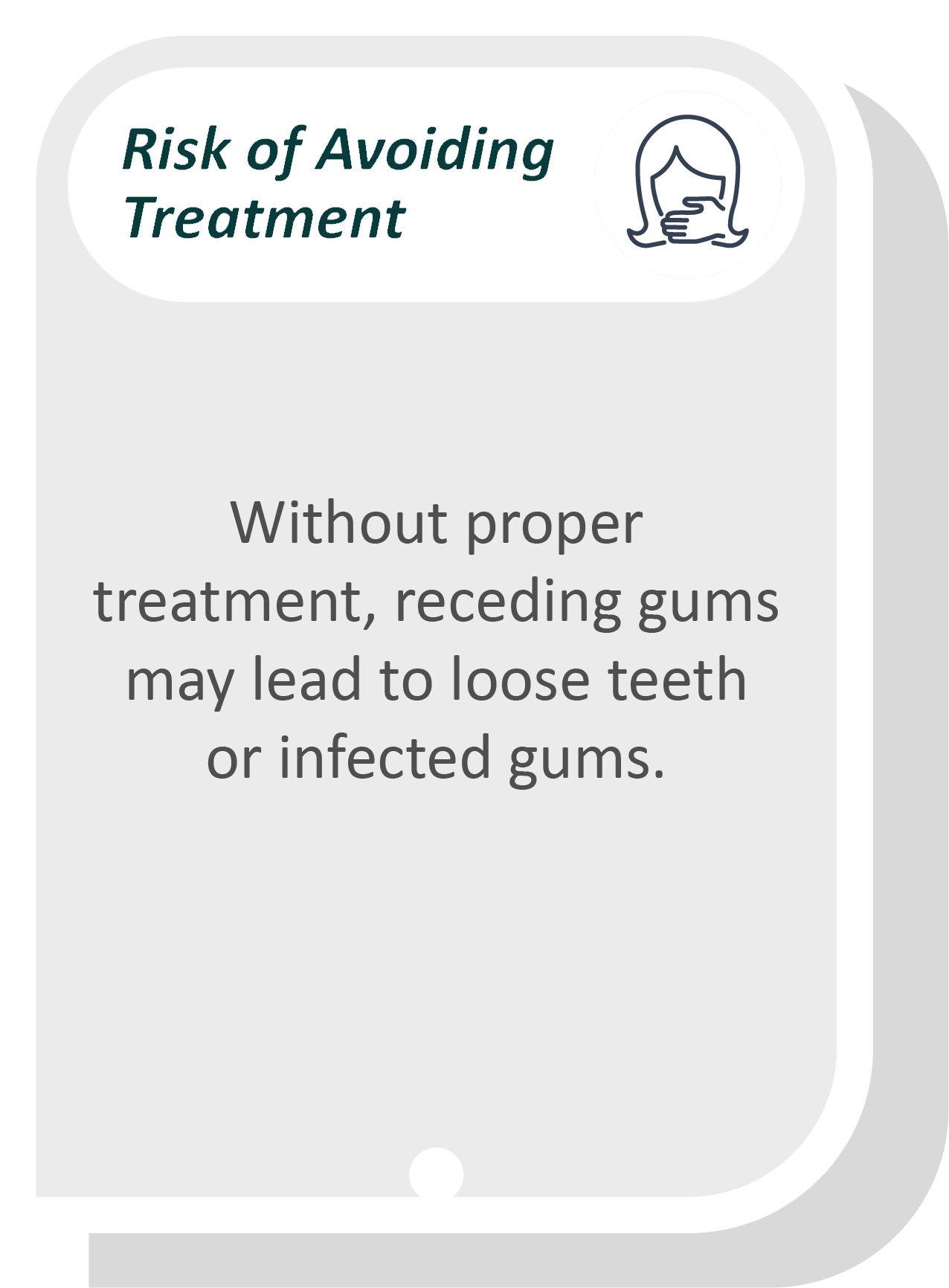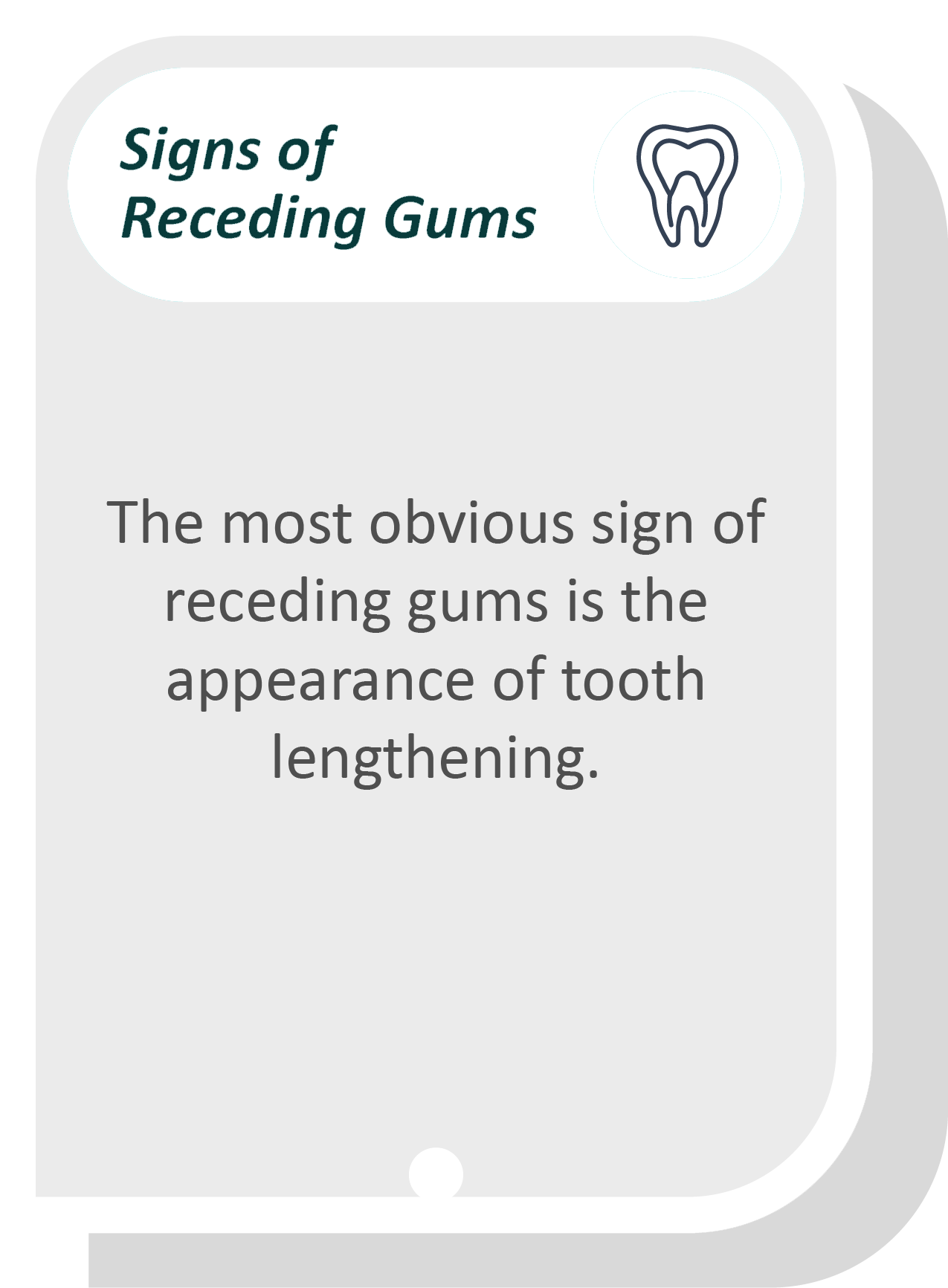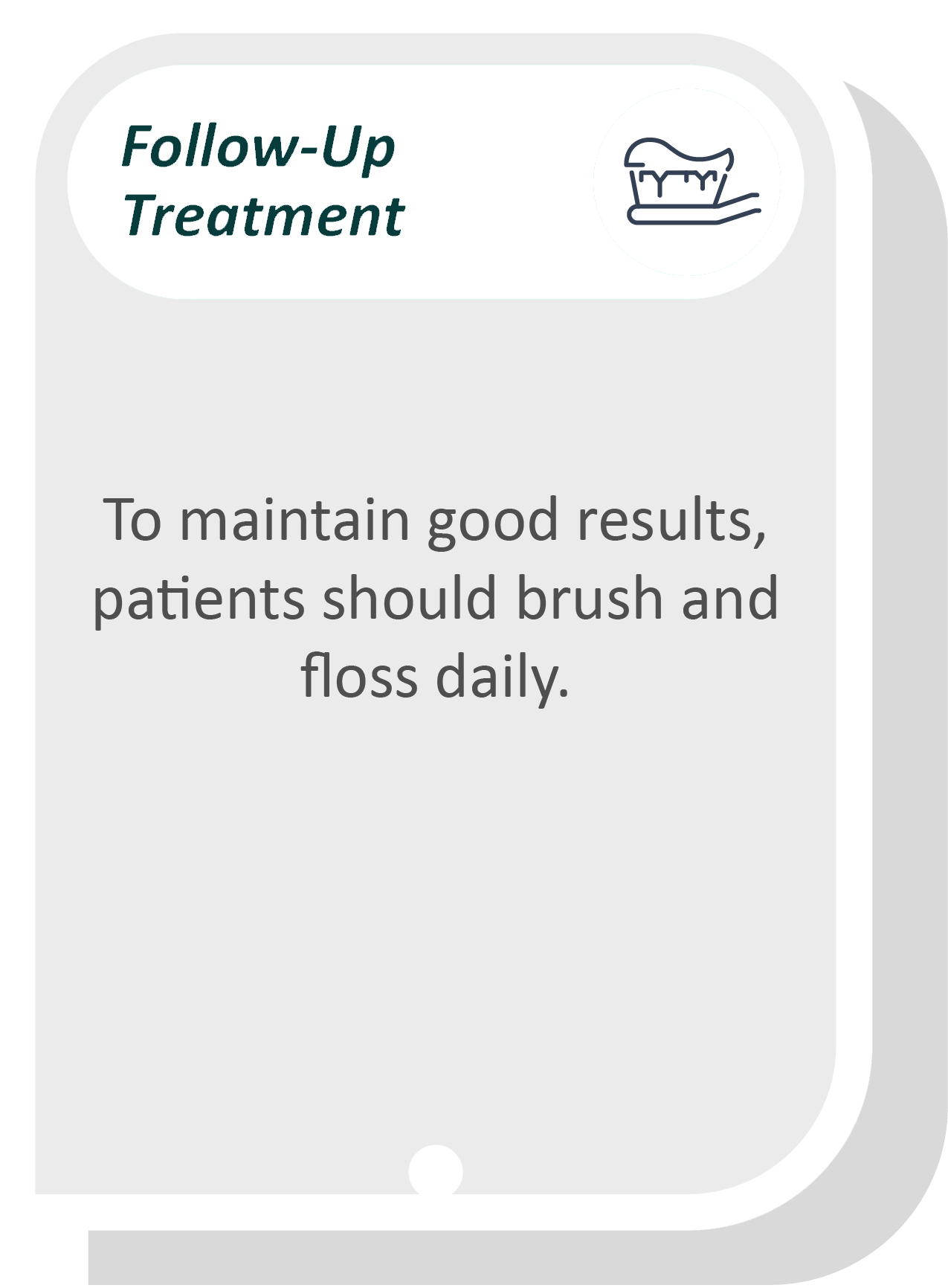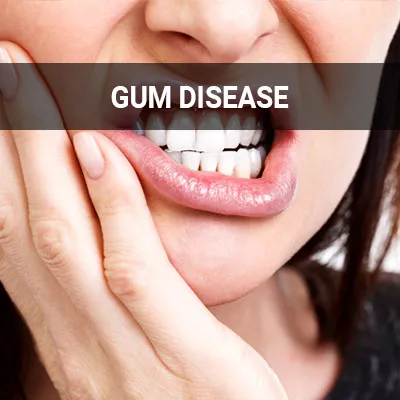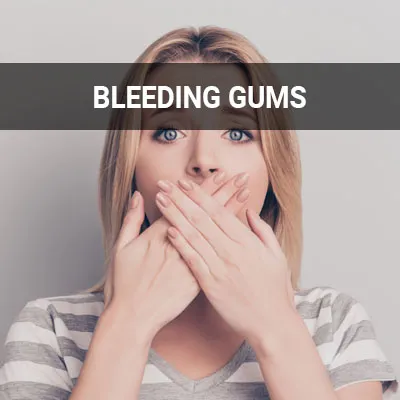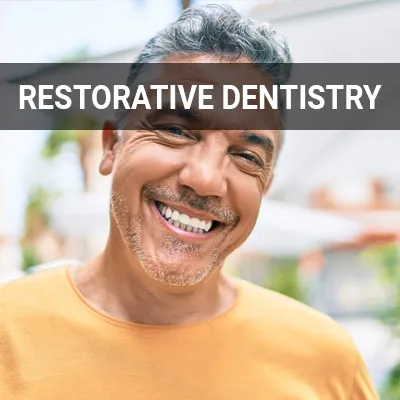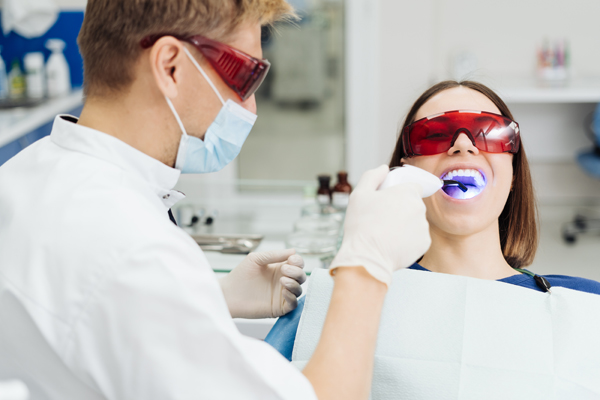I Think My Gums Are Receding Livermore, CA
For many patients, solutions for gum recession can enhance both their appearance and overall dental health. Gum recession can happen even to people with good oral hygiene. There are many options available to treat receding gums.
Solutions for gum recession are available at Livermore Dental Spa in Livermore and the surrounding area. Call us today at (925) 344-3993 to schedule an appointment and learn more.
Signs of Gum Recession
For some patients, gum recession may set in subtly and go unnoticed for some time. The aesthetic changes following gum recession are the most apparent. These include visibly shrinking gums and exposed tooth roots. However, other common symptoms include:
- Bad breath
- Bleeding after brushing or flossing
- Loose teeth
- Pain at the gum line
- Red, swollen gums
Patients may experience concerns about their appearance during this time, as well as a fear of losing teeth. Additionally, teeth may be particularly sensitive to cold and heat (due to the exposed tooth roots).
“The aesthetic changes that follow gum recession are the most apparent.”
Causes of Gum Recession
Several factors can cause a person's gums to recede, regardless of the state of their oral hygiene. These include aggressive toothbrushing, body piercing, clenching or grinding teeth, crooked teeth or a misaligned bite, hormonal changes, insufficient dental care, periodontal disease, and tobacco products. Genetics may also be a factor. For example, parents may pass down weak, thin gums to their children.
Some patients may also find that their gums are receding only on one side. Usually, this is due to plaque concentrating in one area of the mouth. This may be due to neglecting oral hygiene on one side of the mouth, as excess plaque and bacteria at the gum line may release toxic substances that destroy gum tissue. Alternatively, a misaligned bite may cause more wear and tear to one side of the mouth than the other. Gum recession may happen on only one tooth for similar reasons or some physical trauma.
“Several different factors can cause a person’s gums to recede, regardless of the state of their oral hygiene.”
Treatments for Gum Recession
Mild gum recession is often treatable through a scale and planing procedure, also known as a deep cleaning. This treatment involves professional cleaning and removing plaque from the surfaces of teeth and beneath the gum pockets. This also removes or prevents infection that may arise from plaque buildup.
More severe gum recession will require a surgical procedure to treat effectively. Common surgeries for the treatment of gum recession include:
- Open flap scaling and root planing: The medical professional folds back the affected gum tissue, removes the harmful bacteria from the pockets, and then secures the gum tissue in place over the tooth root, thus eliminating the pockets or reducing their size.
- Regeneration: If the bone supporting the teeth has been destroyed as a result of gum recession, a procedure to regenerate lost bone and tissue may be recommended. The professional will fold back the gum tissue and remove the bacteria. A regenerative material, such as a membrane, graft tissue, or tissue-stimulating protein, will then be applied to encourage the body to regenerate bone and tissue in that area naturally. After the regenerative material is put in place, the gum tissue is secured over the root of the tooth or teeth.
- Connective tissue graft: In this soft tissue graft procedure, a flap of skin is cut at the roof of the mouth (palate) and tissue from under the flap, called subepithelial connective tissue, is removed and then stitched to the gum tissue surrounding the exposed root. After the connective tissue — the graft — has been removed from under the flap, the flap is stitched back down.
- Free gingival graft: Tissue is taken directly from the roof of the mouth instead of under the skin.
- Pedicle graft: If there is enough gum tissue surrounding the affected teeth, then it is possible to graft gum from near the tooth instead of removing tissue from the palate.
The type of surgery will depend on the patient's case, age, risk factors, medical or oral health conditions, and the severity of evident gum recession.
“More severe gum recession will require a surgical procedure to effectively treat.”
Check out what others are saying about our dental services on Yelp: I Think My Gums Are Receding in Livermore, CA
Preventing Gum Recession
Proper dental care is the number one way to prevent gum recession. This involves maintaining a routine where patients brush their teeth with a soft-bristled toothbrush at least twice daily and floss at least once daily. Patients should also see a dentist at least twice a year. At-risk patients may require more frequent visits, and a dentist that notices signs of gum recession may want to keep a vigilant watch that it does not worsen.
Patients may want to consider asking their dentist how to properly brush their teeth to ensure that they are not brushing too aggressively. Additionally, healthy lifestyle choices like eating a well-balanced diet and not smoking can lessen one's chances of gum recession dramatically.
It can be dangerous to leave gum recession untreated. Exposed tooth roots may decay very quickly, necessitating various expensive, painful procedures. Teeth may get more sensitive, and the appearance of the smile may become imbalanced. It is also possible that what patients are experiencing is not gum recession but undetected, worsening gum disease.
“…healthy lifestyle choices like eating a well-balanced diet and not smoking can lessen one’s chances of gum recession dramatically.”
Questions Answered on This Page
Q. What are the symptoms of gum recession?
Q. How can I prevent gum recession?
Q. Am I at risk for receding gums?
Q. How is gum recession treated?
People Also Ask
Q. What should be included in an at home oral health routine?
Risk Factors for Gum Recession
Certain populations may be more at risk for gum recession than others. For instance, age is a leading risk factor for receding gums, with almost 90% of people older than 65 reporting a receding gum in at least one tooth. Those who smoke or use other tobacco products also face an increased risk of receding gums, as they are more likely to develop sticky plaque.
Some genetic conditions, like thin or weak gums, may also increase one's chances of gum recession. Patients with diabetes may also be more likely to have their gums recede, as the disease might reduce the blood supply to the gums.
“Certain populations may be more at risk for gum recession than others.”
Frequently Asked Questions
Q. Can I improve gum recession at home?
A. Receded gums cannot grow back, so the condition is irreversible. However, practicing exceptional oral hygiene can prevent the progression of recession. Various treatment options are also available to alter the appearance of the gumline.
Q. How long can gum recession go untreated?
A. It is best to treat gum recession as soon as early signs appear or a dentist makes an evaluation. Going without treatment can cause plaque buildup, infection, and gum disease. These conditions, when severe, will likely lead to tooth loss or jaw damage.
Q. Are there natural remedies to keep the gums healthy?
A. All patients should exercise adequate oral hygiene habits, such as brushing, flossing, rinsing, and routinely visiting the dentist. Healthline suggests a variety of home remedies for caring for the gums at home. This should be done alongside the preventative measures listed above.
Q. What kind of toothbrush is recommended to avoid harsh brushing?
A. We recommend using a soft-bristled toothbrush as medium or hard toothbrushes can wear and tear surface enamel and irritate the gums, causing recession to occur. The ADA recommends soft-bristle toothbrushes with angled or multi-layer bristles and electric toothbrushes.
Q. What kind of toothbrush is recommended to avoid harsh brushing?
A. We recommend using a soft-bristled toothbrush as medium or hard toothbrushes can wear and tear surface enamel and irritate the gums, causing recession to occur. The ADA recommends soft-bristle toothbrushes with angled or multi-layer bristles and electric toothbrushes.
Q. Is gum recession linked to any other health conditions?
A. Gum recession is linked to oral health conditions such as gingivitis, gum disease, and periodontal disease. It is also linked to general health conditions such as cardiovascular disease and diabetes. There are certain health conditions that make one more prone to receding gums and vice versa. It is important to mention all health conditions to both your doctor and dentist.
Gum Disease Terminology
Call Us Today
Gum recession can be stressful to experience. We at Livermore Dental Spa may be able to help. Call us today at 925-344-3993 to learn more and schedule an appointment.
Helpful Related Links
- American Dental Association (ADA). Glossary of Dental Clinical Terms. 2024
- American Academy of Cosmetic Dentistry® (AACD). Home Page. 2024
- WebMD. WebMD’s Oral Care Guide. 2024
About our business, license, and website security
- Livermore Dental Spa was established in 2023.
- We accept the following payment methods: American Express, Cash, Discover, MasterCard, and Visa
- We serve patients from the following counties: Alameda County, Contra Costa County and San Joaquin County
- We serve patients from the following cities: Livermore, Alameda, Pleasanton, Dublin, Ulmar, Tracy, San Ramon, Danville, Mountain House and Castro Valley
- CA (License #101519). View License Information and Specifics
- National Provider Identifier Database (1679095681). View NPI Registry Information
- Healthgrades. View Background Information and Reviews
- Norton Safe Web. View Details
- Trend Micro Site Safety Center. View Details
Back to top of I Think My Gums Are Receding
